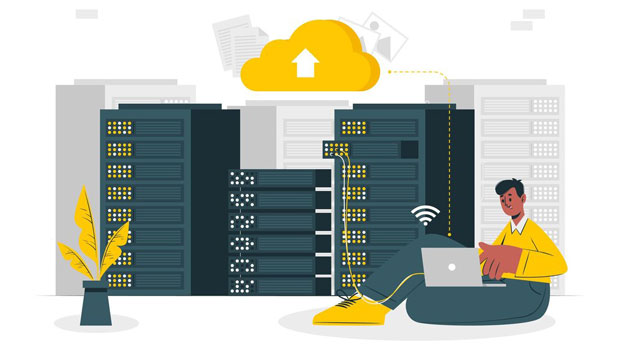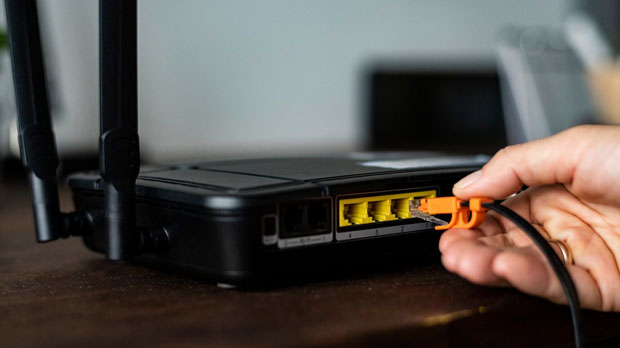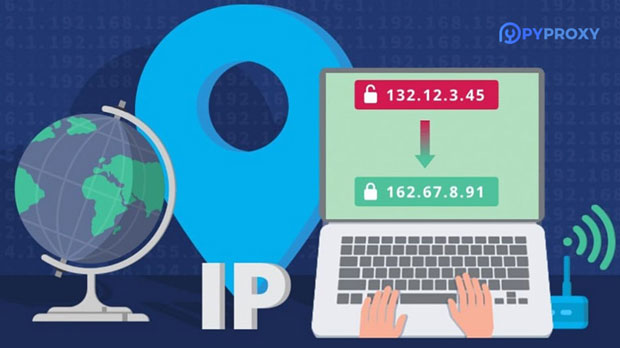When it comes to securing online privacy and anonymity, proxy services have become a vital tool for both individuals and businesses. Among the many options available, unlimited proxy, PYPROXY, and StormProxies stand out as popular providers offering various features. This article aims to provide a comprehensive comparison of these three proxy services, helping users make an informed decision based on their unique needs. By analyzing aspects like speed, security, pricing, and customer support, we will explore which service offers the best value for different types of users. Let’s dive deeper into their pros and cons, allowing for a clearer understanding of their offerings. 1. Overview of Unlimited ProxyUnlimited Proxy is a service that positions itself as a reliable and cost-effective solution for those seeking online anonymity. It offers a wide range of proxy types, including residential and data center proxies. One of the primary selling points is its scalability, making it ideal for both personal and business use. Unlimited Proxy aims to provide unrestricted access to various online resources, without the limitations often imposed by other services.The service offers a solid combination of high-speed proxies, unlimited bandwidth, and a wide geographical range of IP addresses. Its flexibility allows users to choose proxy plans based on their specific needs, whether for casual browsing or heavy-duty operations like web scraping. Unlimited Proxy is also known for providing robust security features to protect user data.2. Overview of PyProxyPyProxy is another proxy service that caters to a different segment of users. It has gained attention due to its Python API integration, making it a top choice for developers and programmers who require automation and scripting. PyProxy focuses on offering proxies with a high level of control and customization. This makes it more suitable for technical users who are comfortable working with code and APIs.One of the notable features of PyProxy is its emphasis on privacy and security. It claims to offer advanced encryption protocols, ensuring that users can browse the internet without exposing their real IP addresses. Additionally, PyProxy provides both residential and datacenter proxies, allowing users to choose the most suitable option for their tasks.3. Overview of StormProxiesStormProxies is a proxy provider that focuses on providing high-quality residential proxies for users looking for a more anonymous browsing experience. It is well-known for offering unlimited bandwidth and a wide range of proxy locations, which makes it ideal for tasks like web scraping, social media automation, and accessing geo-restricted content. While StormProxies is not as versatile as some competitors, it has a clear niche in providing fast and reliable proxies for specific tasks. The service focuses on ease of use and offering proxies with high success rates for scraping and automation. StormProxies offers a user-friendly dashboard, making it simple to access and manage proxies for both beginners and experienced users.4. Speed and Performance ComparisonWhen evaluating proxy services, speed is often one of the most critical factors. All three services—Unlimited Proxy, PyProxy, and StormProxies—offer high-speed proxies, but there are slight differences in their performance.Unlimited Proxy provides fast speeds across its residential and data center proxy networks. However, users may notice a drop in speed depending on the location and the proxy type. Residential proxies generally offer slower speeds compared to data center proxies, but they are much harder to detect and block.PyProxy, while reliable in terms of speed, is geared more toward users with specific technical requirements. Since it integrates with Python APIs, its performance depends on the scripts and configurations users set. For those who are skilled in coding, PyProxy offers a high level of performance with minimal throttling.StormProxies, on the other hand, is well-known for its fast residential proxies, especially for tasks like web scraping and automation. The company promises low latency and high success rates, making it a strong contender in terms of performance for users who need quick, reliable results.5. Security and Privacy FeaturesAll three proxy services offer strong security features, but the focus may vary depending on the provider.Unlimited Proxy places a strong emphasis on user anonymity and provides robust encryption to protect user data. Its security protocols ensure that user information is kept private, and the company implements stringent measures to prevent data leakage. The service also offers unlimited bandwidth and does not impose any data limits, contributing to a smoother browsing experience.PyProxy’s main focus is on providing a secure and private browsing experience for technical users. With advanced encryption protocols and the ability to control how proxies are used through APIs, PyProxy offers a higher level of customization and security. However, the service may require more technical knowledge to fully benefit from its security features.StormProxies offers decent security and privacy, but its focus is more on providing high-performance proxies for specific tasks rather than on deep security features. While it offers encryption and other protective measures, it might not be as robust as Unlimited Proxy or PyProxy in terms of security.6. Pricing and Value for MoneyPricing is always a key consideration when choosing a proxy service, especially for businesses with a limited budget.Unlimited Proxy’s pricing is relatively competitive, especially for users who need unlimited bandwidth and access to multiple proxy locations. Its pricing structure offers flexibility, allowing users to pay for what they need without being locked into a long-term contract. While the service offers great value for money, the cost can be higher than that of basic proxy services, especially for high-traffic users.PyProxy's pricing structure is suitable for developers and tech-savvy users who need API integrations and advanced control. Its pricing model is often more affordable than Unlimited Proxy’s, but the user’s need for technical skills and customizations might add additional value for developers. The cost can also scale up depending on usage volume and specific requirements.StormProxies offers one of the more budget-friendly options in the market, making it an attractive choice for those who need reliable proxies at a lower cost. While its features might be less flexible compared to Unlimited Proxy or PyProxy, it is still an excellent choice for users who prioritize cost over advanced features.7. Customer Support and Ease of UseCustomer support and user experience are critical aspects when choosing a proxy service.Unlimited Proxy offers 24/7 customer support, with a focus on assisting both beginners and experienced users. The service also provides a detailed knowledge base, ensuring that users have the resources they need to troubleshoot common issues. The interface is intuitive, making it easy to manage proxies and configure settings.PyProxy’s support is more targeted toward developers and users with advanced technical knowledge. While the support is reliable, it may not be as accessible for beginners. The documentation and tutorials are geared toward users with coding experience, making it a great choice for those who want full control over their proxies.StormProxies offers solid customer support with a simple, user-friendly dashboard. While it lacks some of the advanced resources that Unlimited Proxy or PyProxy offers, its focus on ease of use makes it accessible for beginners. The support team is responsive, and users can easily get assistance when needed.Choosing the right proxy service depends on your specific needs and technical expertise. Unlimited Proxy is ideal for users seeking flexibility, security, and high performance across a variety of proxy types. PyProxy is a great choice for developers and tech users who need deep integration and control, while StormProxies excels in offering budget-friendly, high-performance residential proxies for specific tasks.In conclusion, each service has its strengths and weaknesses. By understanding the unique features and pricing models of Unlimited Proxy, PyProxy, and StormProxies, you can select the service that best suits your needs. Whether you're a business requiring scalable proxies or a developer seeking advanced features, there is a solution for everyone in this competitive market.
Oct 27, 2025



































































